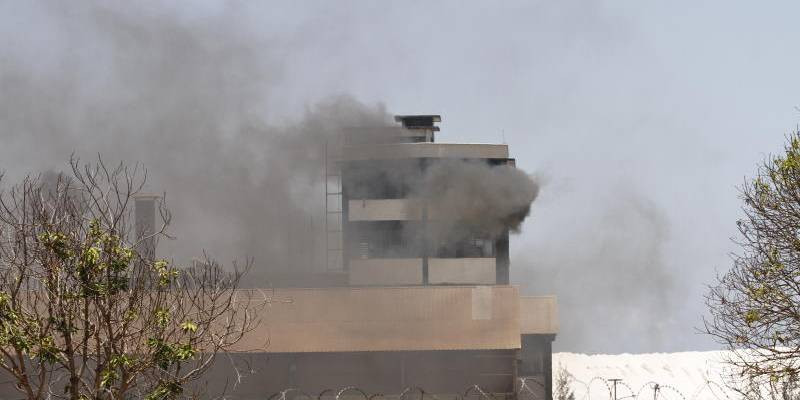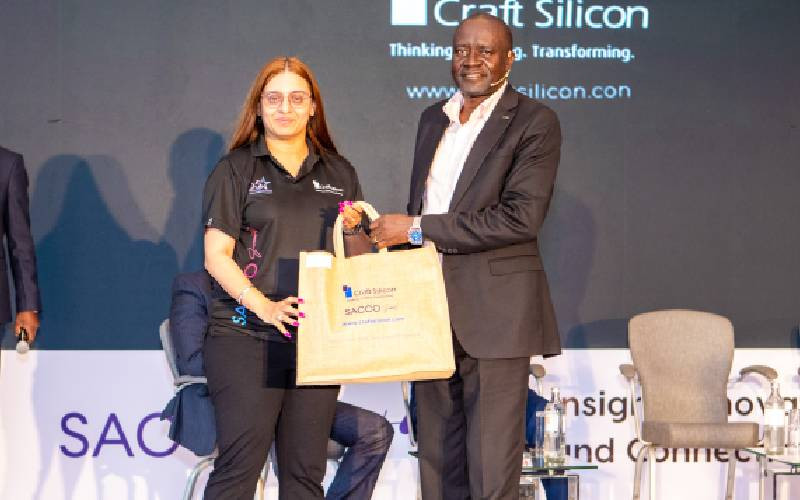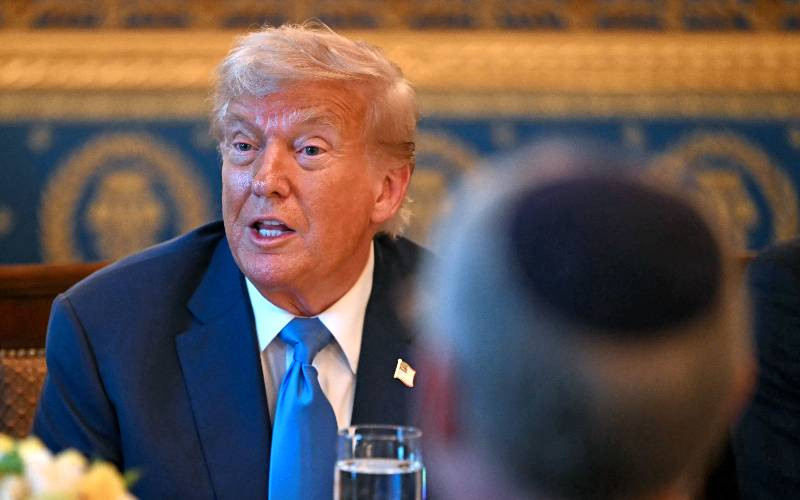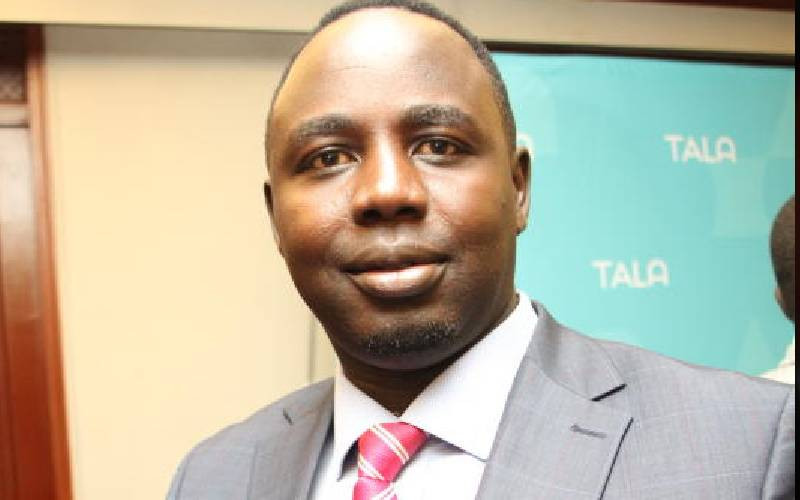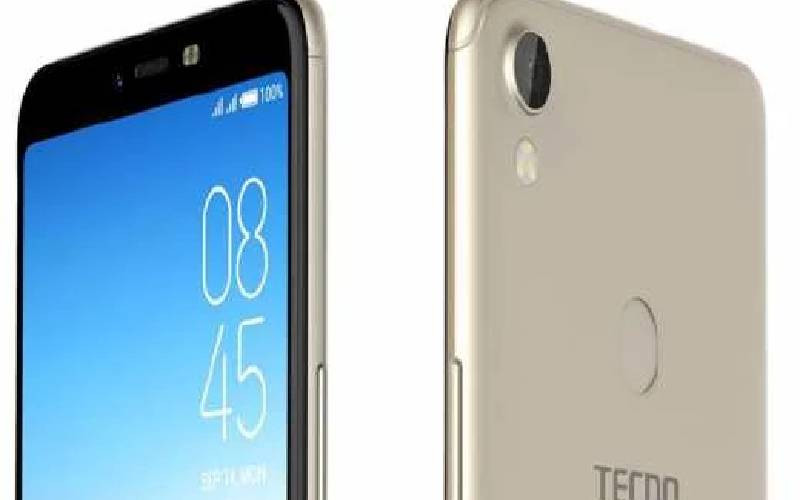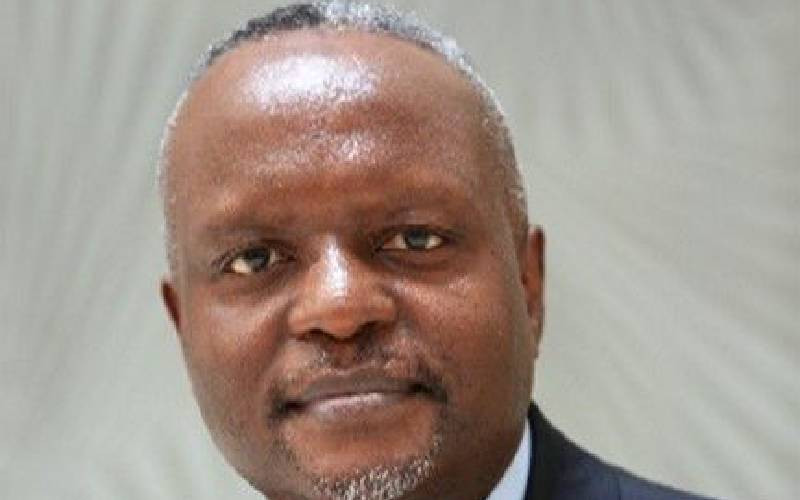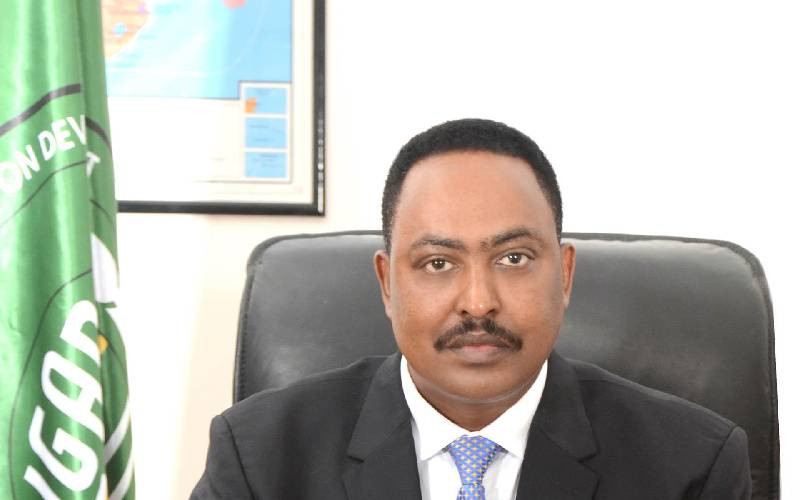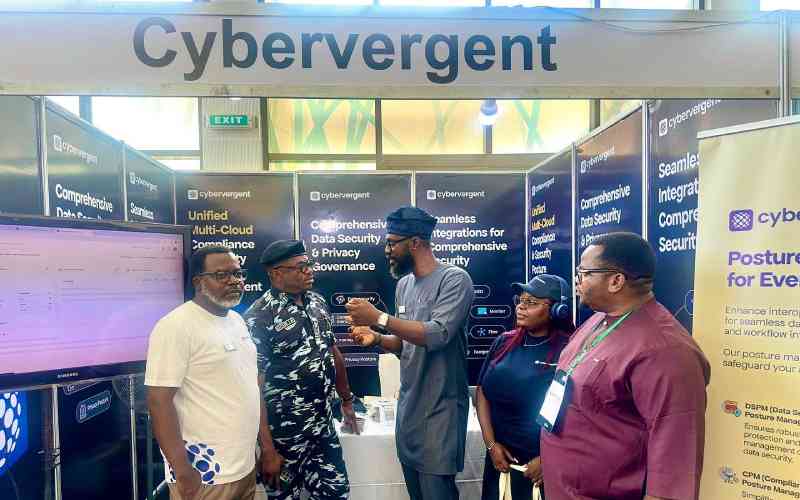
Raila Odinga's quest for this promised land has been bumpy and winding. From being clandestinely sneaked out of his motherland 66 years ago into wintry Europe where he was taught in strange tongues, the lion of Kenya's politics has seen it all.
He left at a time when his father was viewed as a public enemy by the colonial government, studied in Europe during a very trying moment, the height of the cold war, only to return to a country that had lionised his father, Jaramogi Oginga Odinga as Kenya's first Vice President but was soon after spat out by Jomo Kenyatta's government into political cold that would characterise the rest of his life.,
